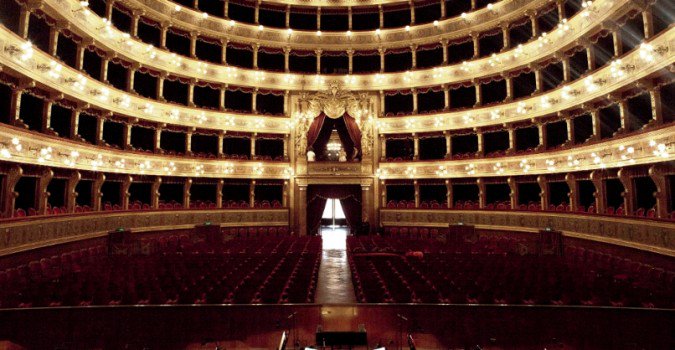The history of the Teatro Massimo's construction is almost as complicated as that of its delayed reopening. At the end of the eighteenth century, the marquis Domenico Caracciolo regretted the fact that Palermo didn't have an opera house worthy of the birthplace of Alessandro Scarlatti, who composed more than 300 operas. The Teatro Carolino was built in 1801, but, too small and rapidly outdated, the theatre was never suited for the ever more lavish stage direction of the Romantic era. In 1844, the repertoire was still limited to works by Cimarosa, Mayr, Rossini, Donizetti, and Bellini, and the «Carolino» was rebaptized with the tetter's name. While the «Bellini» became increasingly unsuited for opera performances, it was not before 1851 that the idea of constructing a new theatre came up. In 1860, authorisation was officially announced, and finally, an architecture competition was launched in 1864. The project designed by Giovanni Battista Filippo Basile won, but when the architect died in 1891, the opera house was still not built! Before construction could begin, a religious order had to be expropriated, technical problems had to be resolved, the project was redesigned, and in the mean time, the Politeama, which currently hosts performances, was constructed. To make a long story short, the Massimo didn't open until 1897...
One could then applaud Enrico Caruso, a young and little-known tenor, on the theatre's stage, as well as singers such as Gigli, Stabile, and Gino Bechi, among the pride and joy of the Italian school. But it was only after the Second World War that the Massimo lived its heyday: conductors such as the young Giulini, Klemperer, and Scherchen came to lead the orchestra, Callas came to sing Brunnhilde and Norma, Sutherland was a revelation in the role of Lucia, while Szymanowski, Honegger, Dallapiccola and Stravinsky, amongst others, were performed....









